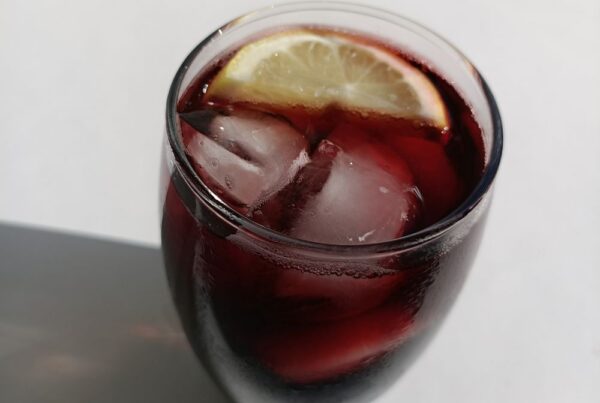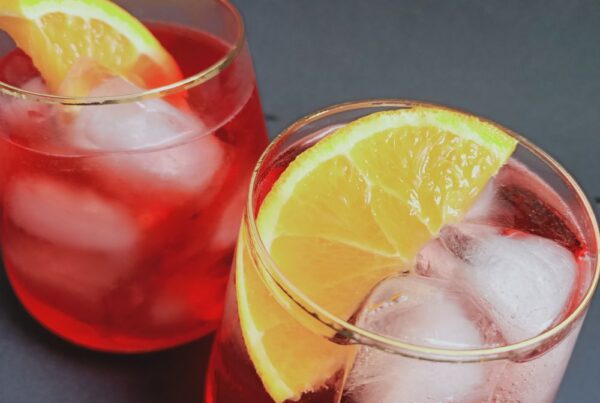In this article, you will learn what Port wine is, what mixers work with Port wine and get five delicious Port cocktail recipes.
Port wine may be synonymous with sipping on while you warm yourself in front of the fire on cold winter evenings; however, it is a surprisingly versatile drink.
So, whether you are a Port aficionado looking to switch things up or simply want to use up that bottle leftover from Christmas, there are lots of great recipes to choose from!
Key takeaways:
- Port wine in its many forms–White Port, Ruby Port, Tawny Port, LBV Port–goes well with many mixers and soft drinks: Think Port and lemonade (e.g. Sprite or 7UP), Port and Coke, or Port and soda.
- It can also be used as an ingredient to make delicious Port cocktails.

Contents
What is Port wine?
Port wine is a fortified wine, which means that additional alcohol (grape spirit) is added to fermented grape juice to produce a full-bodied, sweet wine.
It is made from a blend of black grapes grown in the upper Douro in Portugal.
The majority of Port wine is red or tawny, but it is also made in white and rosé styles.

Types of Port
There are different styles of Port with different names, which can be confusing. Let’s discuss briefly what they are, what they taste like and how they differ from one another.
Ruby Port
Ruby Ports are bottled ready to drink. They are deeply colored and have berry, chocolate and cinnamon notes. There are three types of Ruby Port:
Inexpensive Ruby Port
Inexpensive Ruby Port is fruity, sweet and simple wine, usually aged for less than three years.
Reserve Ruby Port
Reserve Ruby Port uses better quality wine, has complex flavors and intensity. They are aged for up to five years.
LBV Port
LBV Port is similar to Reserve Ruby Port, but the wine is made from a single year’s harvest.
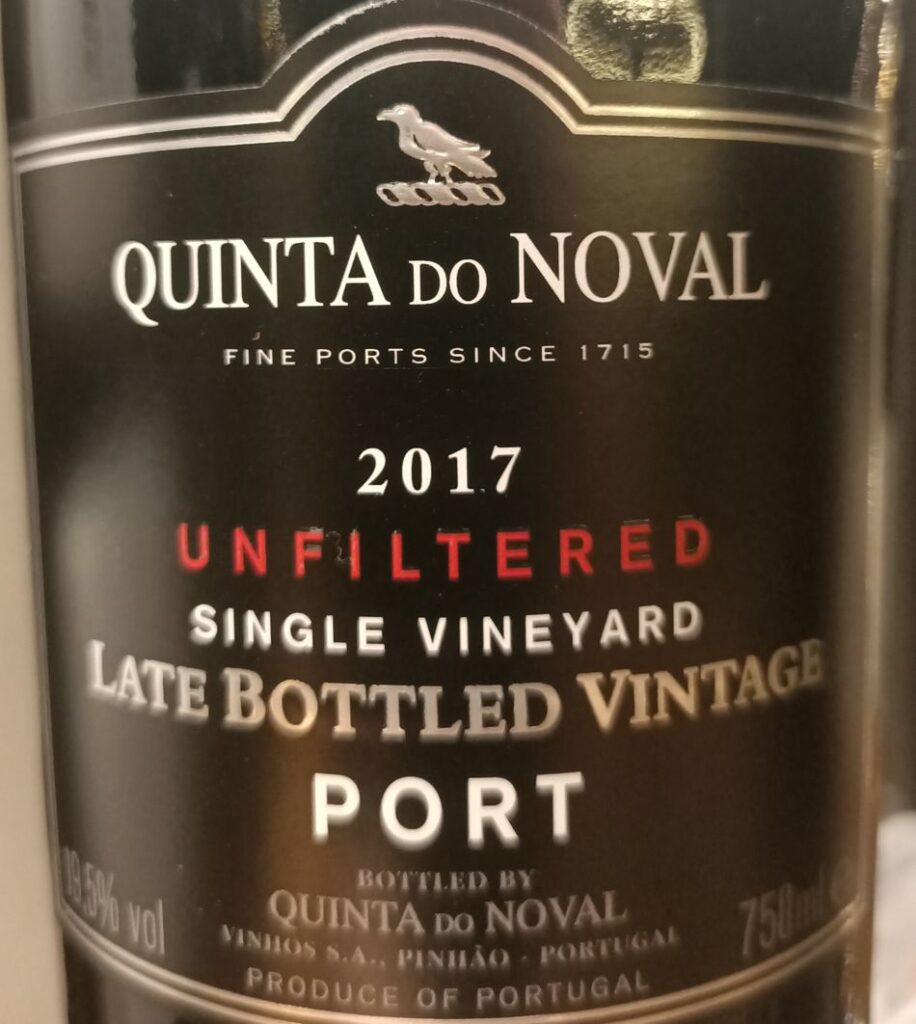
Tawny Port
Fine Tawny Ports are a paler-colored Ruby Port (some have White Port added to adjust the color) with caramel and toffee flavors.
Reserve Tawny Ports are aged for a minimum of six years in small oak vessels. They develop kernel and oxidative flavors (walnut, coffee, caramel) and have a tawny or even brown appearance rather than the ruby or purple colors of Vintage Ports.
Tawny Ports with indication of age can be labelled 10, 20, 30 or 40 (indicates the average, rather than a minimum age).
They do not need to be decanted and should be drank as close to the bottling date as possible. This date is usually written on the label. They are best served slightly chilled.
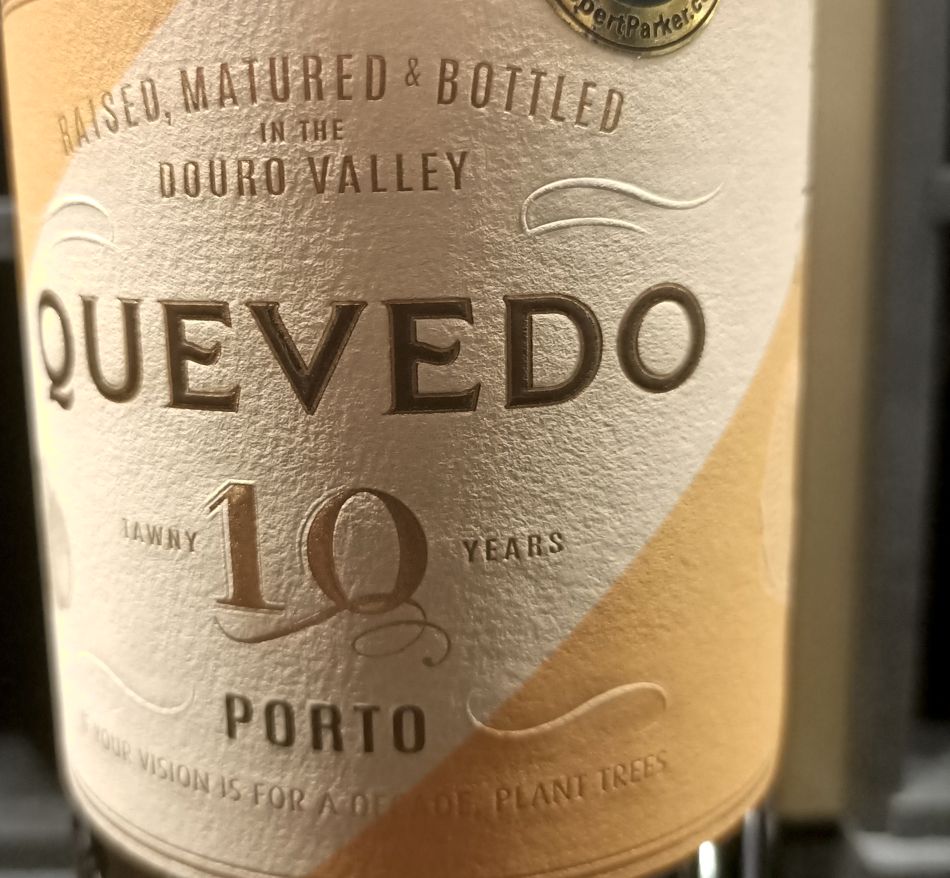
Vintage Port
Vintage Port is only made in exceptional years. They are made from grapes from the best vineyards.
After a short period of ageing in oak, Vintage Port is bottled unfiltered.
They are long-live wines that age well.
Generally speaking, a Vintage Port is a special occasion drink to savor, rather than to use as a cocktail ingredient.
White Port
White port is made from white grapes and can be made in a wide variety of styles. It makes a great apèritif and cocktail ingredient.
Rosé Port
Rosé Port is a recent variation that was first released in 2008.
It is created in a similar way to rosé wine: There is a shorter period of contact with the grape skins, ensuring less color is extracted (creating the rose color rather than the typical deep ruby color created with longer contact with the grape skins).
Mixers that go well with Port wine
Here are some simple mixers that pair well with the sweet rich taste of Port wine.
Tonic water
Tonic water adds refreshing fizz and a slight bitterness to Port. It goes especially well with White Port to make Porto Tonico (see recipe below).
Coke/cola
Port wine and coke isn’t as strange a combination as you might think. The Spanish have been mixing red wine with cola to make Kalimoxto since the 1920s.
Port wine and cola is not far off this taste wise. It is perfect for anyone with a sweet tooth!
Lemonade
Lemonade adds bubbles, sweetness and a nice citrus note to Port wine.
Ginger Ale
Ginger Ale with Port adds gentle spicy notes and fizz. The caramel and nutty notes of Tawny Port work particularly well with ginger ale.
Club soda/sparkling water
For a more refreshing lighter drink, add club soda or a sparkling water to your favorite Port wine.
Fruit juices
Fruit juice can enhance the fruity notes in Port wine. Berry juices like cranberry and pomegranate work particularly well.
Port wine recipes
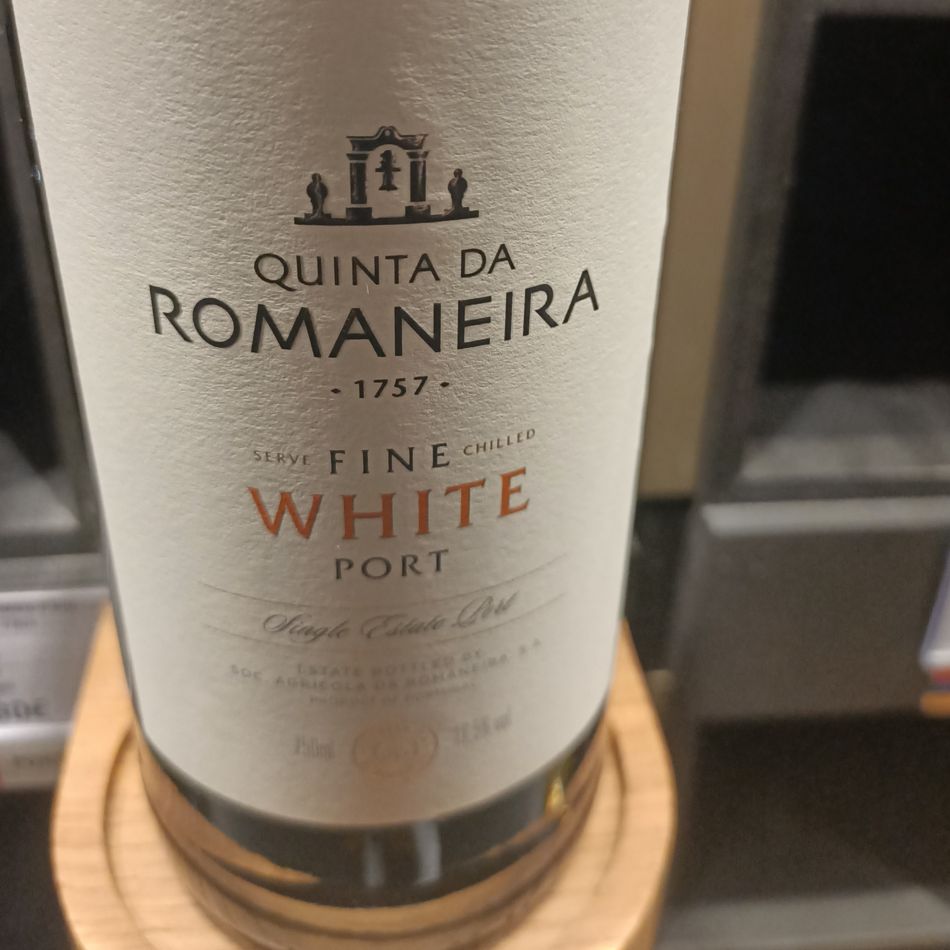

White Port and tonic / Porto Tonico
Ingredients
- 3 oz White Port 85 ml
- 9 oz Tonic water 250 ml
- Ice cubes
- Slice of lemon
Instructions
- Fill a glass with ice cubes.
- Add the Port and tonic water.
- Garnish with lemon or lime.
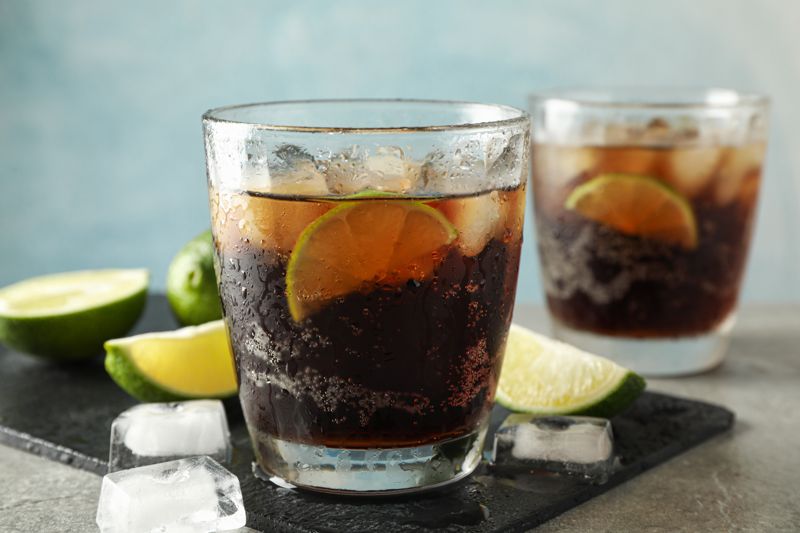

Port and Coke recipe
Equipment
- No equipment required
Ingredients
- 3 oz Port wine 75 ml
- 6 oz Coke or cola of choice 225 ml
- Ice cubes
- Slice of lemon
Instructions
- Add ice to a glass.
- Pour over the Port and Coke.
- Garnish with a slice of lemon.

Port Lemonade cocktail recipe
Equipment
- No equipment required
Ingredients
- 1 oz Port wine 25 ml
- 1.5 oz vodka 37.5 ml
- 2 oz lemonade 50 ml
- 1 lemon slice
Instructions
- Fill a glass with ice.
- Add the ingredients and stir well.
- Garnish with lemon slice.

Tawny Port Martini recipe
Ingredients
- 2 oz Tawny Port 50 ml
- 1 oz vodka 25 ml
- .5 oz cranberry juice 12.5 ml
Instructions
- Pour ingredients into an ice-filled shaker.
- Shake and strain to a chilled Martini glass.
- Garnish with olives.
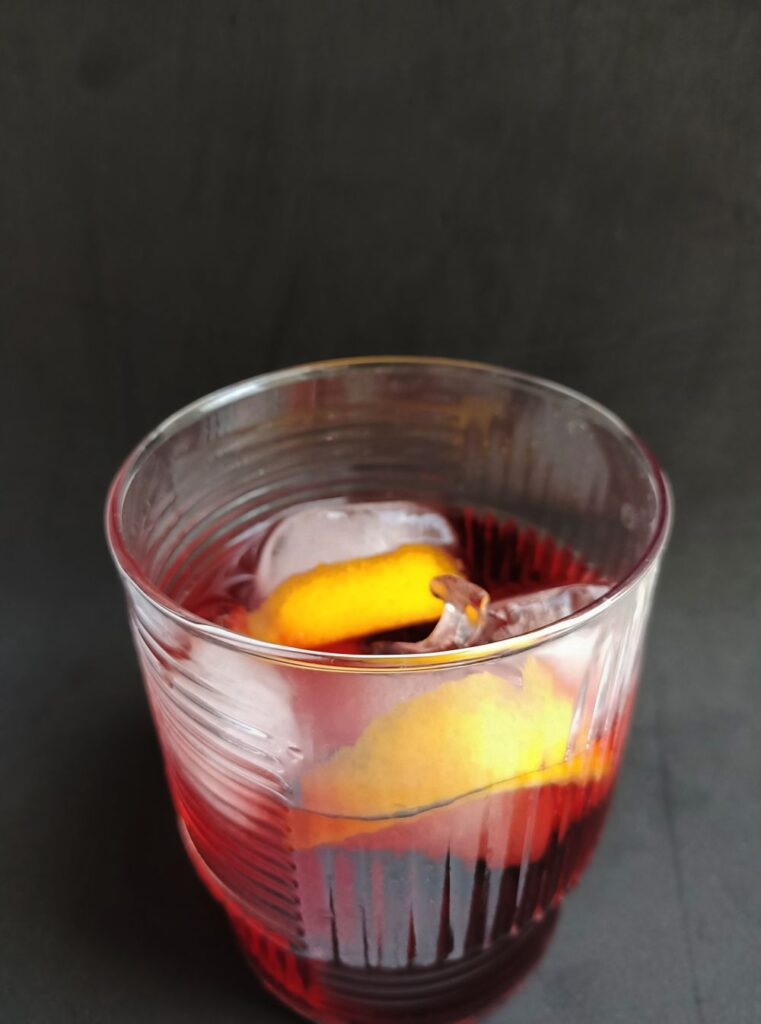

Tawny Port Negroni cocktail recipe
Equipment
- 1 jug or other container for mixing
Ingredients
- 1 ounce Tawny Port 25 ml
- 1 ounce gin 25 ml
- 1 ounce Campari 25 ml
- orange zest/peel
- ice
Instructions
- Add a handful of ice to a jug.
- Pour the Tawny Port, gin and Campari over the ice.
- Stir until well chilled.
- Strain into an old-fashioned glass over some ice.
- Garnish with orange zest/peel.
Read with confidence: I am a certified wine expert (WSET L3).




